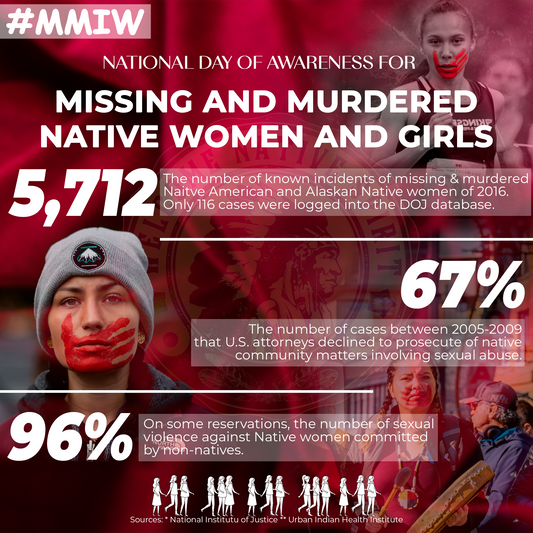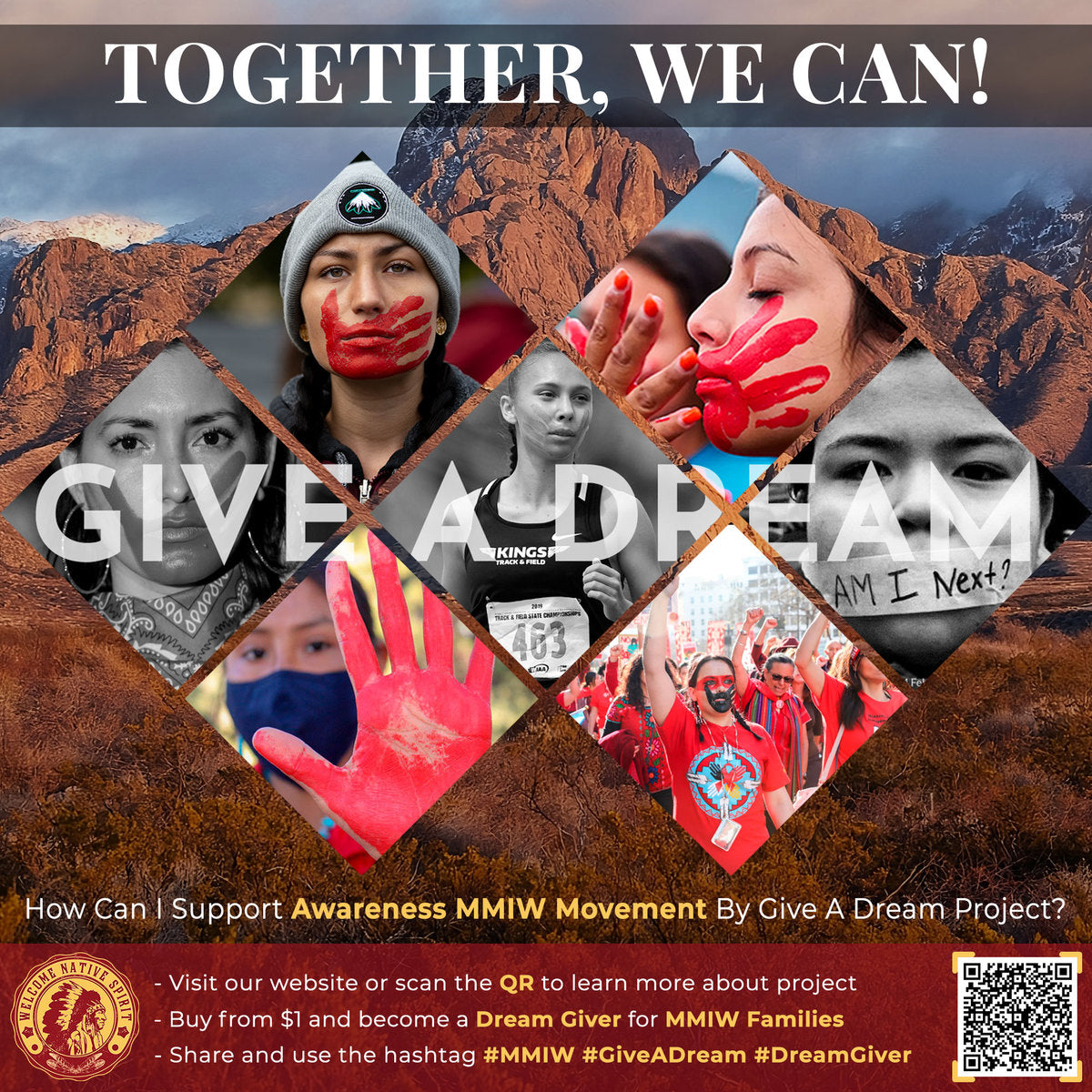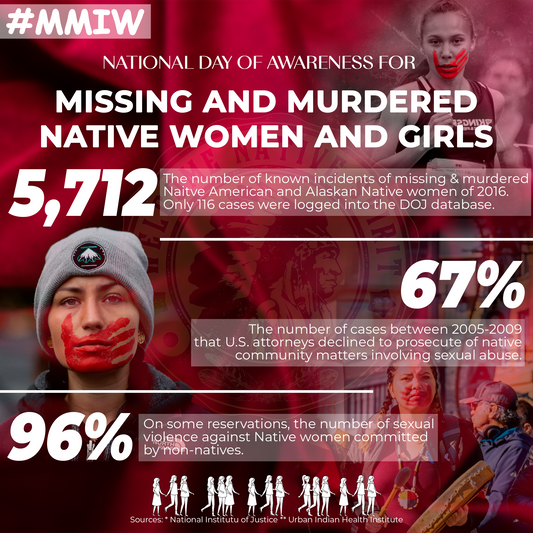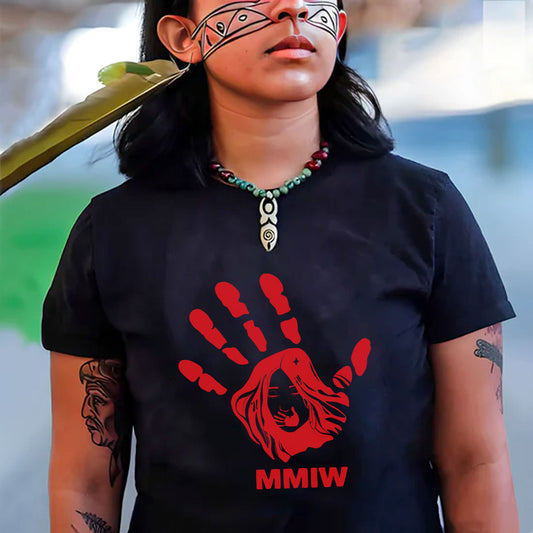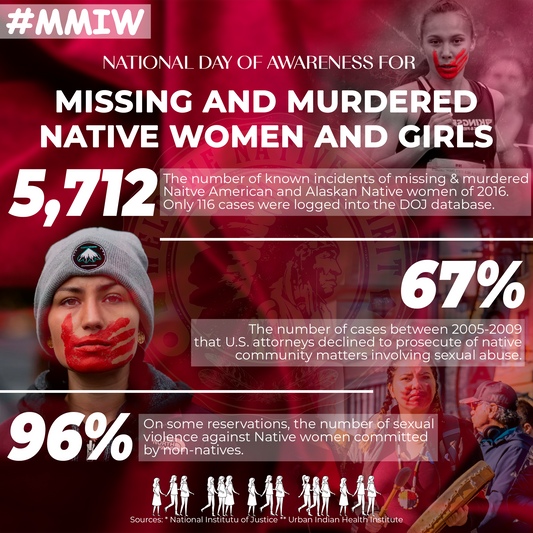Native American warriors like Sitting Bull (Lakota), Tecumseh (Shawnee) and Geronimo (Apache) have long been celebrated as defenders of Indigenous territories. Their courageous resistance to foreign invaders helped to ensure cultural survival.
One lesser-known warrior was Lozen, an Apache, or Nde, woman who also resisted European domination. Known for her bravery, military prowess and dedication to her people’s safety during a tumultuous period in Apache history, Lozen was a warrior shaman and humanitarian who fought against Mexican and American forces for 30 years, earning the nickname “Apache Joan of Arc.”
Lozen could ride a horse and shoot; she also is said to have used supernatural powers to locate the enemy. She was a trusted ally of the famed Apache Chief Geronimo and sister to Apache Chief Victorio. Although these men are better known to historians, Lozen remains a legend to her people today.
“Lozen is my right hand,” Victorio once said of his sister. “Strong as a man, braver than most and cunning in strategy. She is a shield to her people.”
Lozen’s Early Life
Lozen was born around 1840 into the Chihenne Apache band near Ojo Caliente, New Mexico. At the time, there were at least seven Apache bands and numerous clans spread across a vast area known as Apacheria in what is now northern Mexico, eastern Arizona and southwestern New Mexico.
The Chihenne band, also known as the Eastern Chiricahua or “red paint people,” were recognized by the red band of clay worn across their faces during ceremonies. Known for raiding, Apache bands often warred with one another and were always on the move. “Traditionally, the Apache were nomads,” says Joey Padilla, a medicine man and museum curator at the Mescalero Apache Reservation in New Mexico. “We never stayed in one place.”
Lozen’s name, which means “dexterous horse thief,” reflects the skill she acquired that enabled her to sneak behind enemy lines undetected, round up horses and steal them away. Her stealth and courage would become valuable qualities during a time of near constant conflict. “Lozen began fighting Mexican soldiers and scalp hunters, eternal enemies of her band, when she came of age… After Americans arrived in 1849 to lay claim to her homeland, she battled then as well,” wrote Peter Aleshire in Warrior Woman: The Story of Lozen, Apache Warrior and Shaman.

==>>> CLICK HERE TO BUY NOW <<<==
Becoming a Warrior Woman
Born into a matriarchal culture with a deity called “White Painted Woman” at the center of her creation story, Lozen understood from a young age that women played an important role.
“She was a warrior woman in her time. The Apaches always had a woman with them, she stood right behind the man with a knife or gun,” Padilla says. “If the man went down, you had to deal with the woman too. Women also hid the children from enemies.”
In 1848, New Mexico became a territory of the U.S. under the Treaty of Hidalgo. A California gold rush that year brought streams of miners through Apacheria. When Lozen was 12, she underwent puberty rites in which she went alone into the mountains and, according to oral history, gained a supernatural power to locate enemies. Harlyn Geronimo, the great-grandson of Geronimo, said Lozen would lift her hands and walk in a circle until the veins in her arms turned dark blue, indicating the direction from which the enemy would approach.
Lozen’s Role in the Apache Wars
In 1861, the Chokonen Chiricahua Chief Cochise was falsely accused of kidnapping a rancher's son, sparking a series of conflicts that would embroil the U.S. and various Apache nations in conflict for 24 years. In 1862, Cochise and another chief went to battle at Apache Pass with 200 warriors, but were pushed into retreat and scattered by howitzer cannons.
Lozen fought at Apache Pass, was welcomed into council as a warrior and fought on for years with her brother Victorio in the struggle for their homeland. Lozen was likely involved at a horse raid at Fort Craig where Apaches armed with bows and arrows took horses from soldiers. In 1869, she joined Victorio and other Apache leaders for a meeting to establish a reservation at Ojo Caliente, but they were instead moved to harsher conditions at the San Carlos Reservation in Arizona.


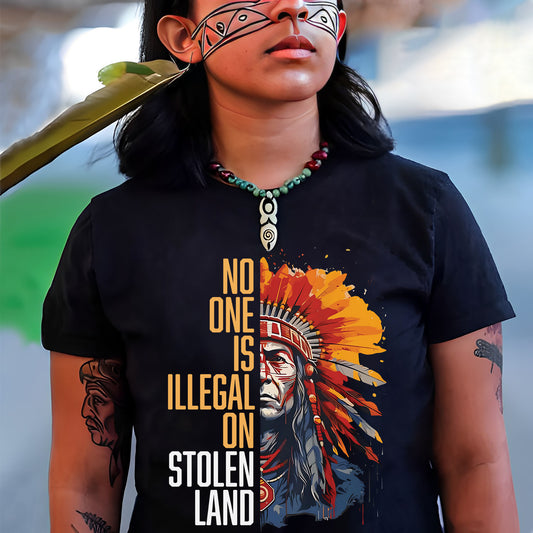

![[Two Sides] Trail of Tears The Deadly Journey Unisex T-shirt/T-shirt V-Neck/Hoodie/Sweatshirt](http://welcomenativespirit.com/cdn/shop/files/20_2bae9cf5-c07c-4ea5-a8ea-de74aa71325d_533x.jpg?v=1757466962)
![[Two Sides] Trail of Tears The Deadly Journey Unisex T-shirt/T-shirt V-Neck/Hoodie/Sweatshirt](http://welcomenativespirit.com/cdn/shop/files/gray_-2side_b51af6c7-cea9-4004-90db-cb8d883be04a_533x.png?v=1759742586)

